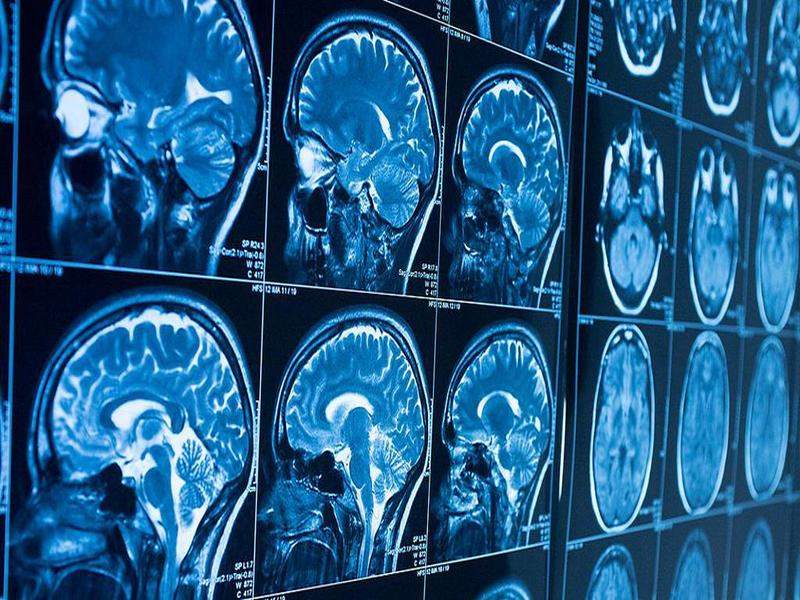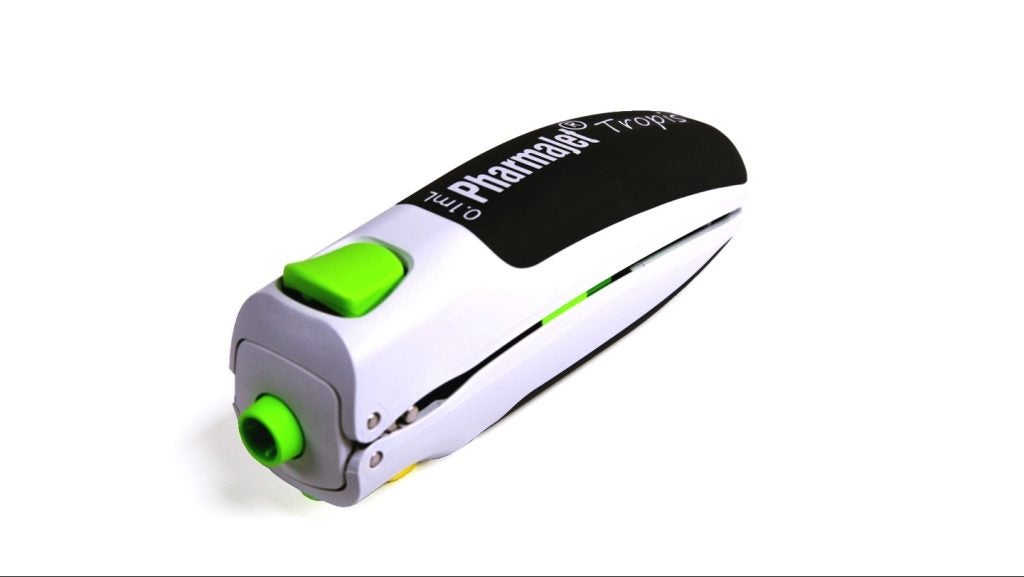

A new study carried out by researchers at the University of North Carolina, US, and Washington University School of Medicine, US, has demonstrated the use of functional connectivity magnetic resonance imaging (fcMRI) technique in predicting the risk for autism in infants.
The study was funded by the National Institutes of Health (NIH) units, Eunice Kennedy Shriver National Institute of Child Health and Human Development (NICHD), and the National Institute of Mental Health (NIMH).
The results indicated the potential of the neuroimaging technique to predict the high-risk of six-month-old infants developing autism spectrum disorder by the age of two years.
NICHD director Diana Bianchi said: “Previous findings suggest that brain-related changes occur in autism before behavioural symptoms emerge.
“If future studies confirm these results, detecting brain differences may enable physicians to diagnose and treat autism earlier than they do today.”
The researchers used fcMRI to scan 59 high-risk, six-month-old infants during their natural sleep and examined the functional connectivity of the brain.
How well do you really know your competitors?
Access the most comprehensive Company Profiles on the market, powered by GlobalData. Save hours of research. Gain competitive edge.

Thank you!
Your download email will arrive shortly
Not ready to buy yet? Download a free sample
We are confident about the unique quality of our Company Profiles. However, we want you to make the most beneficial decision for your business, so we offer a free sample that you can download by submitting the below form
By GlobalDataIt was found that 11 of the total infants assessed were diagnosed with the disease at the age of two years.
A computer-based technology called machine learning was used during the study.
The technology trains itself to find differences and separate results into autism or non-autism groups, as well as to predict future diagnoses.
In one analysis, the data from other 58 infants’ data was used to train the computer programme for predicting each child’s future diagnosis.
While the technology correctly detected 82% of the infants with chances of developing autism, it identified 100% of the infants who did not develop autism.
During another analysis, which assessed the application of the results to other cases, the programme showed an accuracy of 93% in predictions for groups of 10 infants.
A total of 974 functional connections associated with autism-related behaviours were found in the brains of six-month-olds, and the results are yet to be tested in a larger group.
Image: MRI of the brain. Photo: courtesy of Movus/iStock/Thinkstock.




